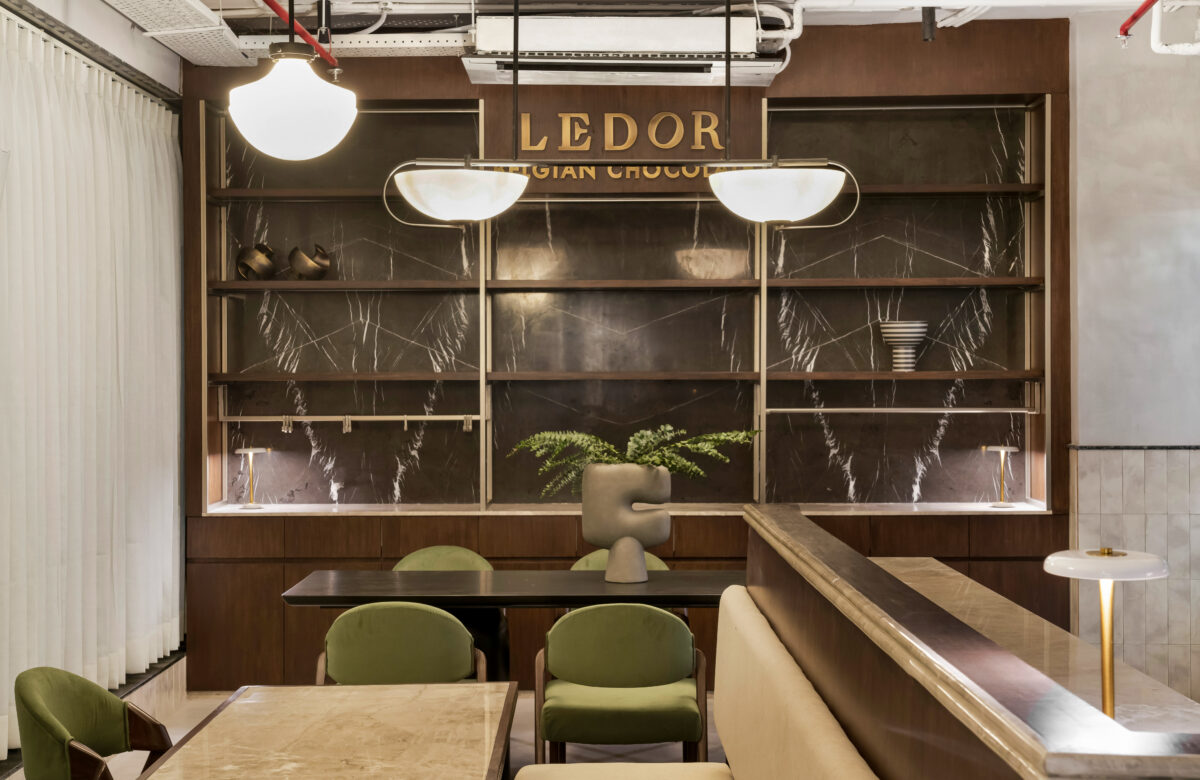
Why should Vastu be an integral part of Interior design?
- ArchitectsAstrologyDesign IdeasInteriorTrends
- December 5, 2023
- No Comment
Harmony in Design: Integrating Vastu into Interior Spaces
In the symphony of interior design, there exists a harmonious melody that transcends mere aesthetics. This melodic undertone is Vastu, an ancient Indian architectural science that aims to create spaces resonating with positive energy. As the contemporary world embraces diverse design principles, incorporating Vaastu into interior design is a subtle yet impactful necessity to ensure a positive energy flow across the space.

Vastu, derived from Vastu Shastra, is a traditional architectural philosophy that originated in India. Its essence is fostering a harmonious relationship between individuals and their living spaces. While modern interior design often prioritises style and functionality, integrating Vaastu principles adds a layer of mindfulness beyond a space’s visual appeal.
Within the domain of interior design, Vastu serves as a guiding influence, furnishing a collection of principles that harmonise the constructed environment with the elements of nature. From the orientation of rooms to the placement of furniture, every aspect is carefully considered to channel positive energy and balance the forces of nature within the space.
One compelling reason to incorporate Vastu into interior design is its emphasis on connectivity between individuals and their surroundings. When influenced by Vastu, the layout and design of a space aim to create a seamless flow that enhances the overall well-being of its occupants; this physical connectivity extends to the spiritual and psychological realms, fostering an environment conducive to positive energy.
RELATED CONTENT: Famous Anamika Rana- Vastu Expert, Crystal Healer, Numerologist, Tarot Card reader, Physical Space Consultant

Moreover, Vastu bridges the ancient wisdom of architectural principles and the modern pursuit of holistic living. It offers a timeless guide for creating spaces that are not only visually appealing but also resonate with a sense of balance and tranquillity. As individuals seek refuge from the chaos of daily life within their homes, incorporating Vastu becomes a natural choice in the quest for a harmonious living experience.
In practical terms, Vastu complements modern interior design as a practice rather than a solution to common challenges. It provides insights into the ideal placement of elements such as doors, windows, and furniture, ensuring the energy within a space remains unobstructed. This subtle yet profound approach can influence the overall mood of a room, creating an atmosphere conducive to relaxation and positivity.
Finally, the integration of Vastu into interior design transcends cultural boundaries, offering universal principles that resonate with the fundamental elements of nature. As the world becomes increasingly aware of the built environment’s impact on mental and emotional well-being, Vastu emerges as a silent guide, nudging designers and homeowners towards spaces that echo with harmony. By seamlessly blending ancient wisdom with modern design sensibilities, Vastu enriches the interior design narrative, reminding us that a well-designed space is about what meets the eye and what it evokes within the soul.
Spokesperson-
Kuntal Vyas Aggarwal
Founder and Design Head,
Resaiki interiors and architecture design studio
Short Profile –

Kuntal Vyas Aggarwal, a design and technology prodigy, founded Resaiki in 2011, an architecture and interior design firm that enriches lives with holistic spaces. She has expertise in diverse design domains and has led over 100 projects across 7+ cities in India and Nepal. Kuntal’s designs prioritise well-being, blending spirituality and mindfulness. Recognised nationally, her work is featured in leading publications. She actively contributes to the design community, receiving the ‘Best Performing Designer in One Decade’ award from BNCA. Kuntal’s leadership and partner Nikhil Aggarwal foster collaborations with prestigious clients like TATA Housing and Samsung, creating contemporary designs powered by new-age technologies.










